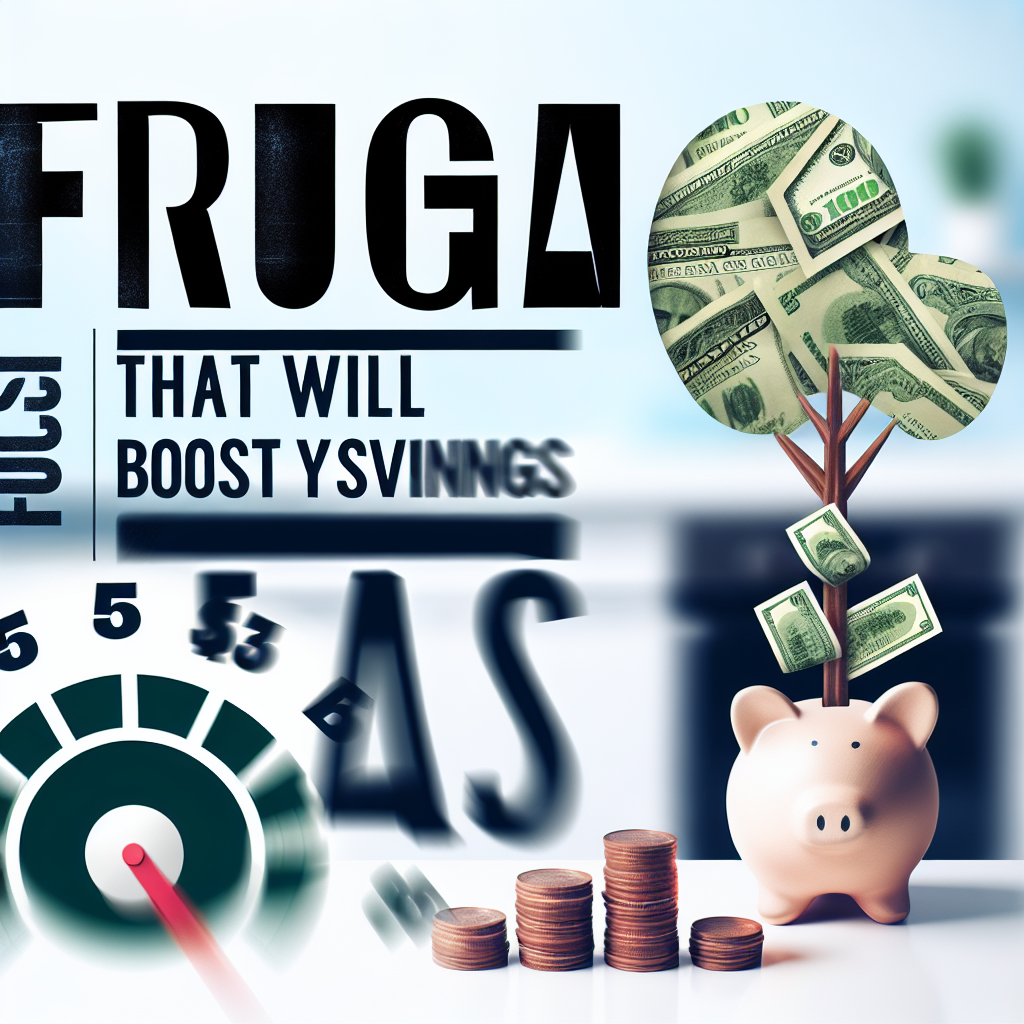=
I still remember the night my car broke down on the side of a dark road, and I had exactly $12 in my bank account. No backup, no cushion, just a sinking feeling in my gut and a phone call to my sister begging for a loan. That night, I realized how badly I needed to figure out how to save money for emergencies. Spoiler: it wasn’t pretty at first.
My first attempt at saving was a disaster. I scribbled a “budget” on a napkin (coffee stains included) with the words “NO SPENDING” in giant letters. I thought if I just stopped buying my daily $3 latte and maybe skipped a few dinners out, I’d magically build a safety net. Well, that napkin didn’t save me, but it did teach me something important.
The Aha! Moment
The real shift happened when I stopped thinking of saving money as a punishment or a rigid rule. It wasn’t about denying myself or being perfect. It was about creating a little space where I could breathe when life threw a curveball. I realized that saving for emergencies isn’t about how much you make or how strict you are—it’s about building a habit of kindness toward your future self.
That’s when I understood: how to save money for emergencies isn’t some secret formula or a fancy spreadsheet. It’s messy, imperfect, and deeply personal.
How I Actually Started Saving (And You Can Too)
The first thing that actually worked for me was setting up a separate savings jar. Not a bank account, just a clear jar on my shelf. I started tossing in any spare change or leftover cash from my paychecks. It was silly, but seeing that jar fill up was way more motivating than staring at numbers on a screen.
I remember being hesitant to try automatic transfers. The idea of “losing” money felt scary. But then I told myself, “Alex, if you don’t see it, you won’t miss it.” So I set up a tiny $10 transfer every payday. It felt like nothing at first, but three months later, there was a little cushion I hadn’t even noticed growing.
This trick might sound weird, but I started giving myself “fun money” even while saving. It stopped me from feeling deprived and crashing into binge spending. I’d allow myself $5 a week for something small — a candy bar, a cheap book, or a silly sticker. That balance kept me sane and consistent.
Another unexpected lesson was tracking my spending, not to judge myself, but to understand where my money was actually going. I once found out I was spending $40 a month on subscriptions I barely used. Canceling those felt like finding free money.
Lastly, I learned to forgive myself. Missing a week of saving or splurging on a pizza doesn’t erase progress. What matters is getting back on track without beating yourself up.
I Get It — Saving Feels Hard
I know what you might be thinking right now: “This sounds hard,” or “I don’t have enough money to start.” Believe me, I thought the exact same thing. For years, I felt trapped by bills and paychecks that disappeared too fast. But here’s the truth — saving isn’t about having a lot of money; it’s about making small choices that add up.
If you’re worried about emergencies, you’re not alone. I’ve been there, feeling overwhelmed and stuck. But every little bit you save is a tiny act of self-care. It’s a way of telling yourself, “I’ve got my back.”
A Little Encouragement From Me to You
So here’s my message: you don’t have to be perfect. You don’t need a fancy budget or a big paycheck. Just start with one small step today — maybe it’s putting $5 in a jar, setting up that automatic transfer, or simply writing down your last three purchases. That’s it.
You’re not alone in this messy, imperfect journey. Saving for emergencies is less about the money and more about finding peace with your finances — and yourself. Keep going, even if it’s slow. Because someday, when life throws you that curveball, you’ll be so glad you did.
💡 Want more tips like this? Explore more ways to save funds and plan your budget wisely!







